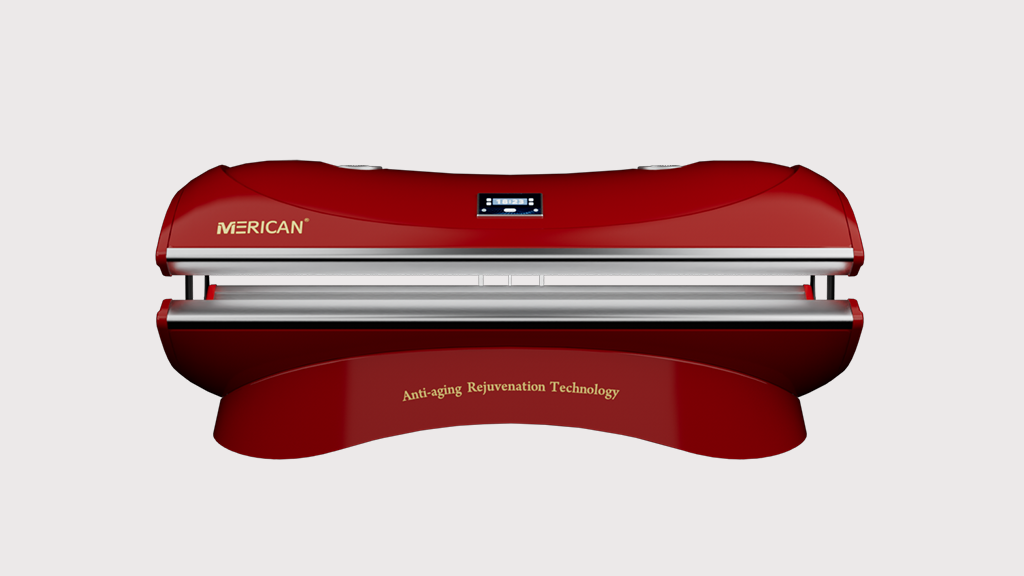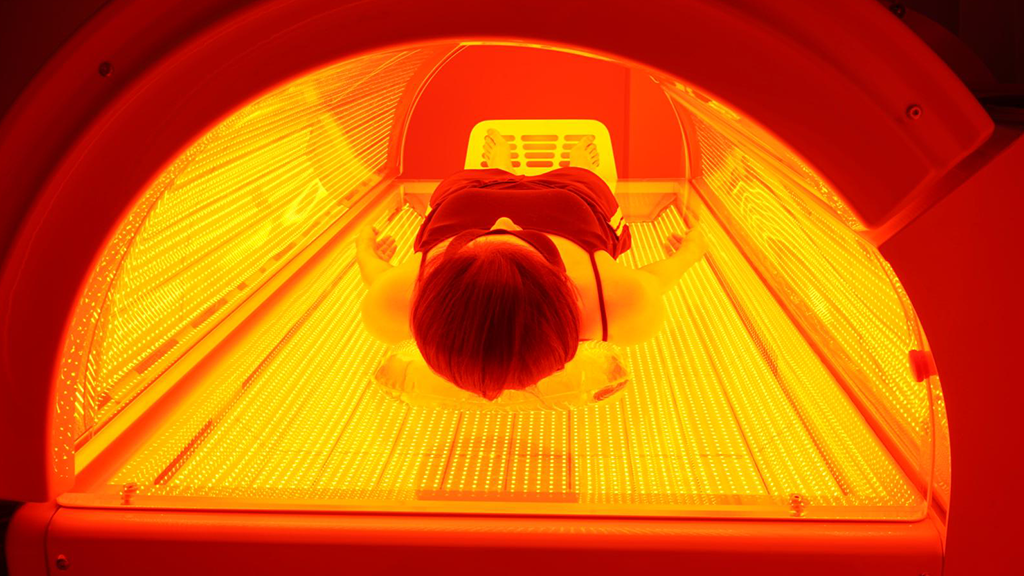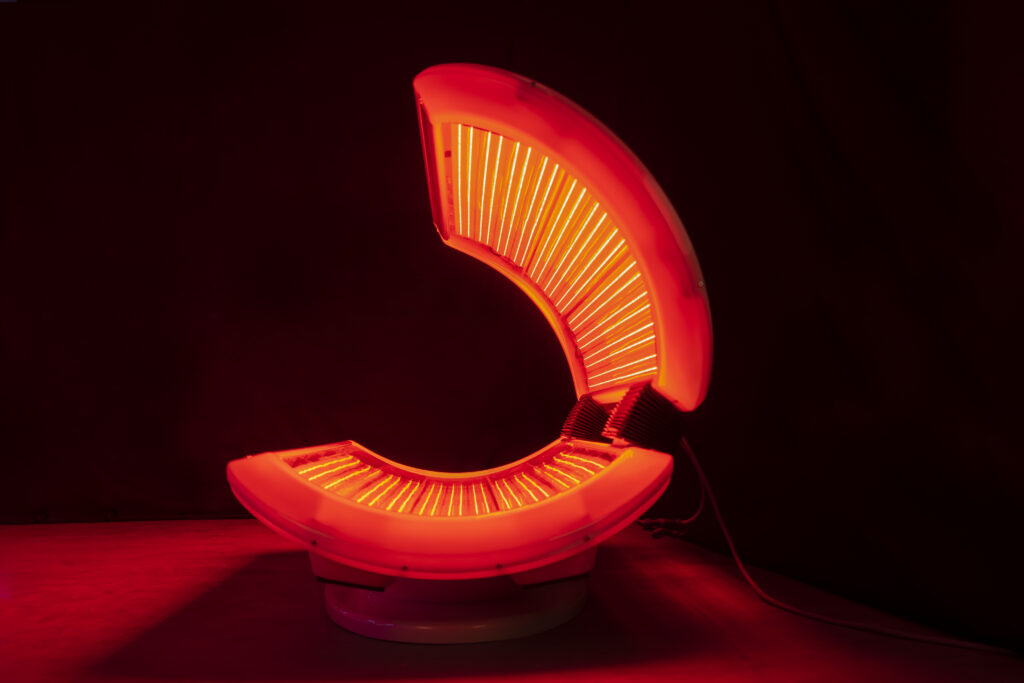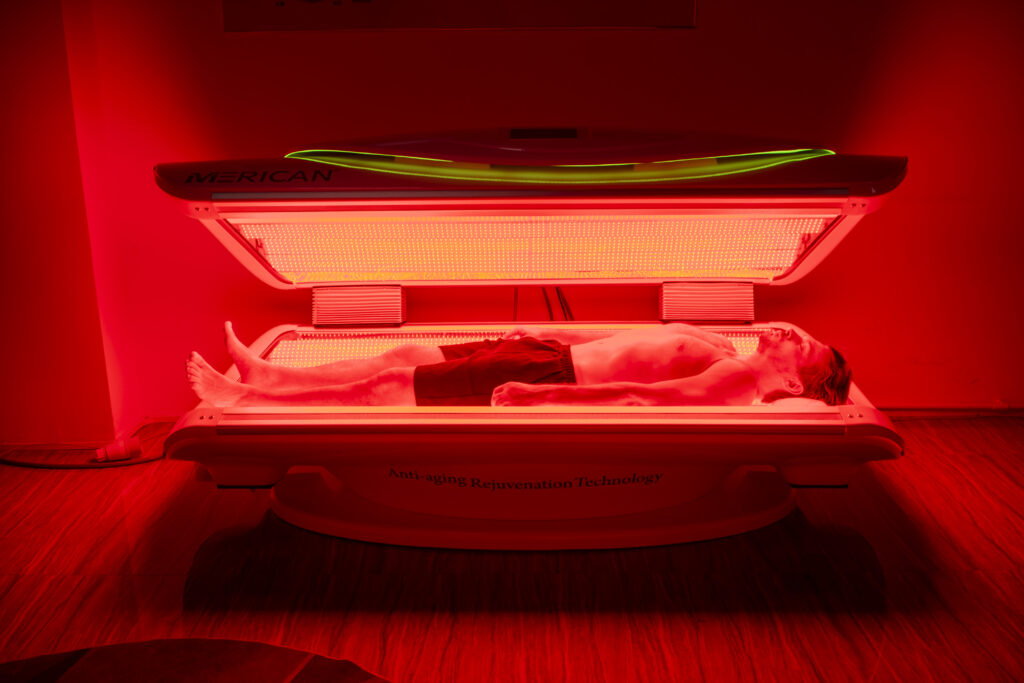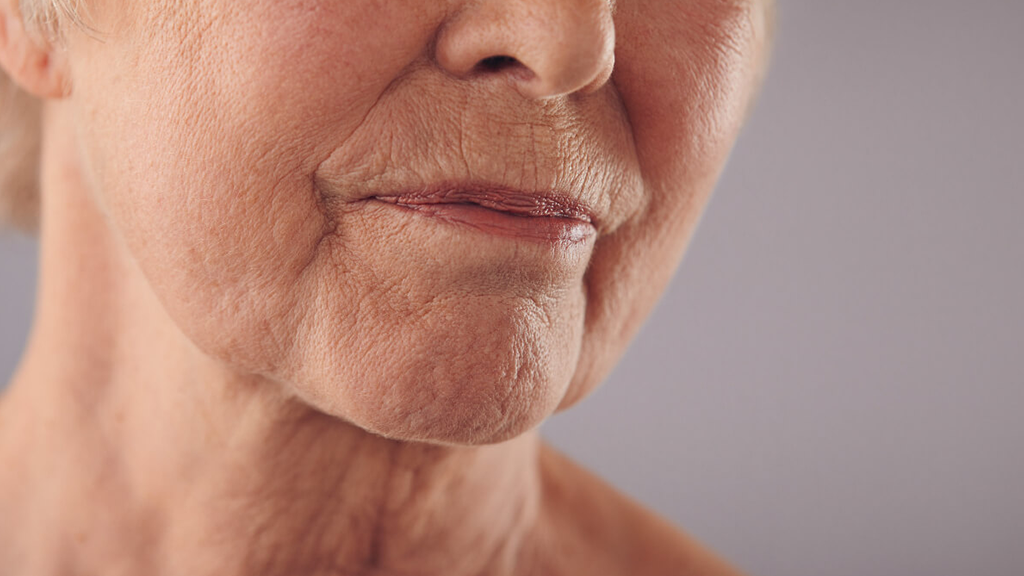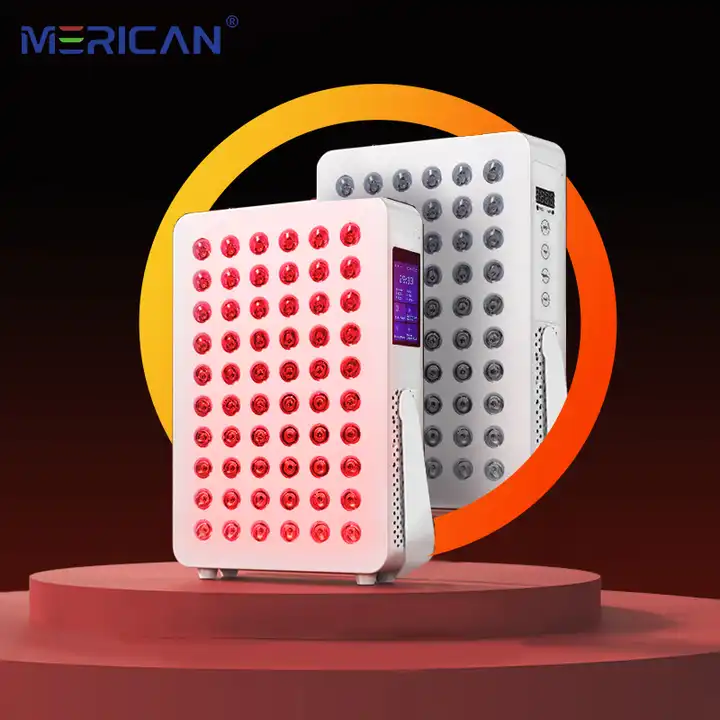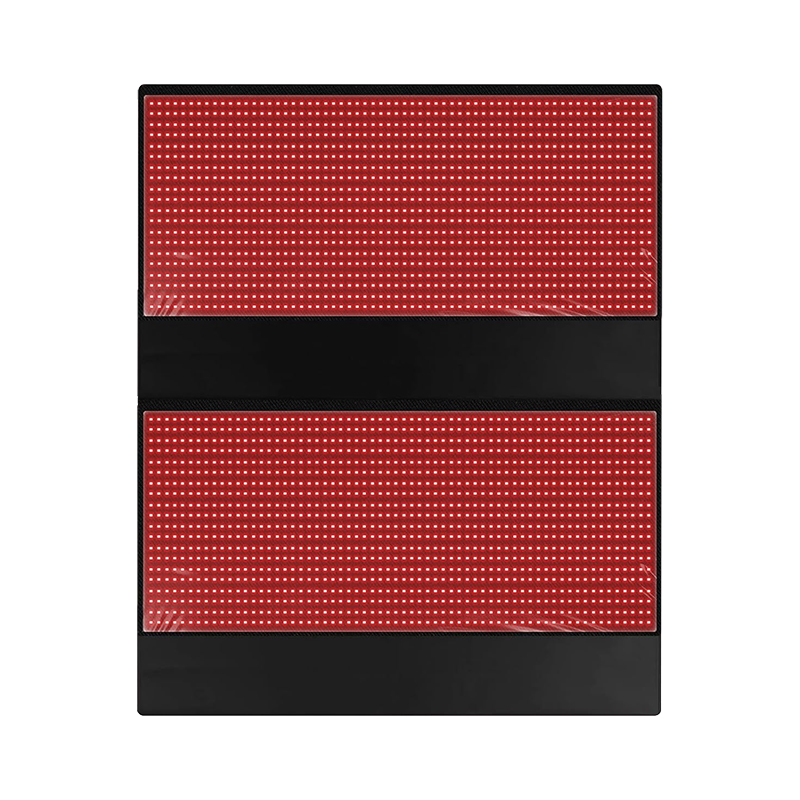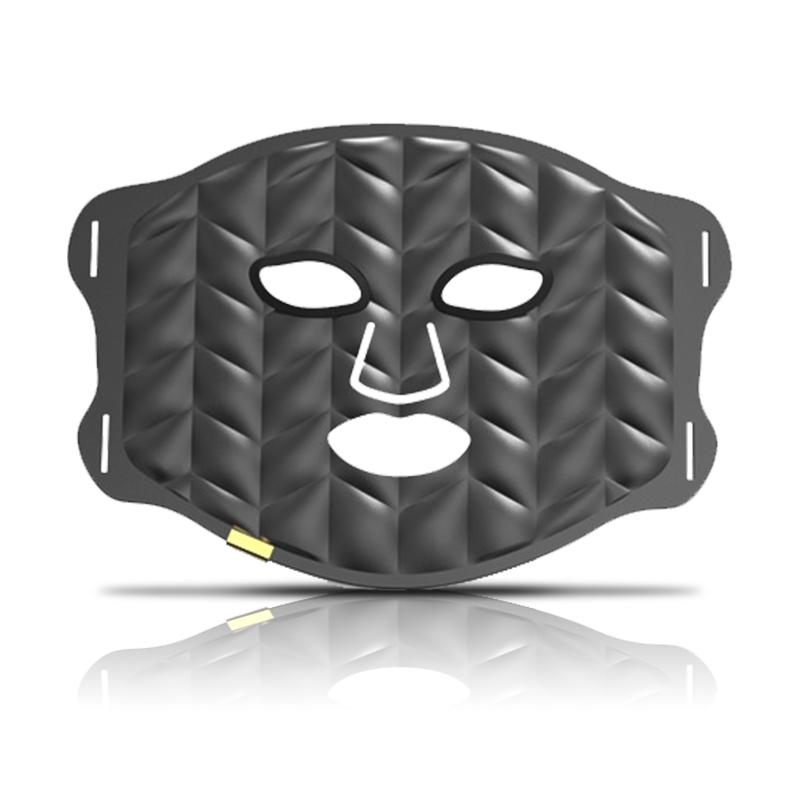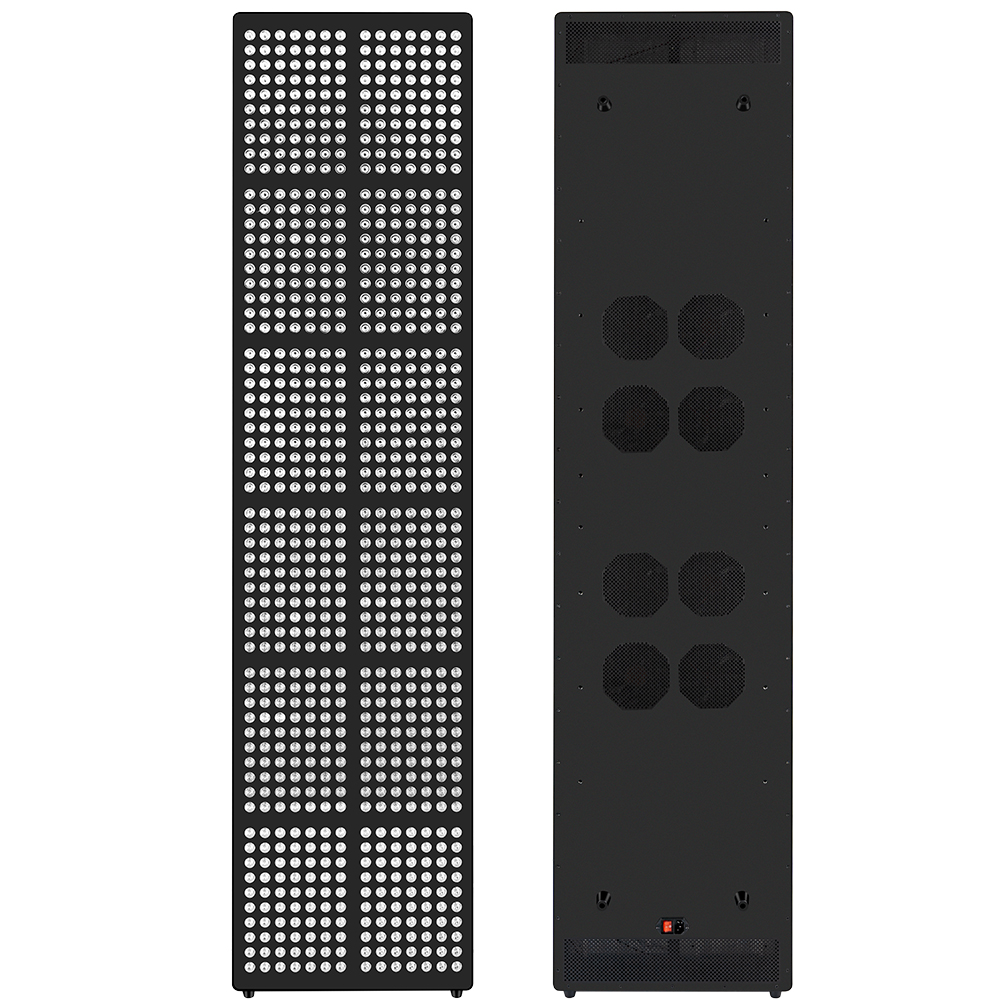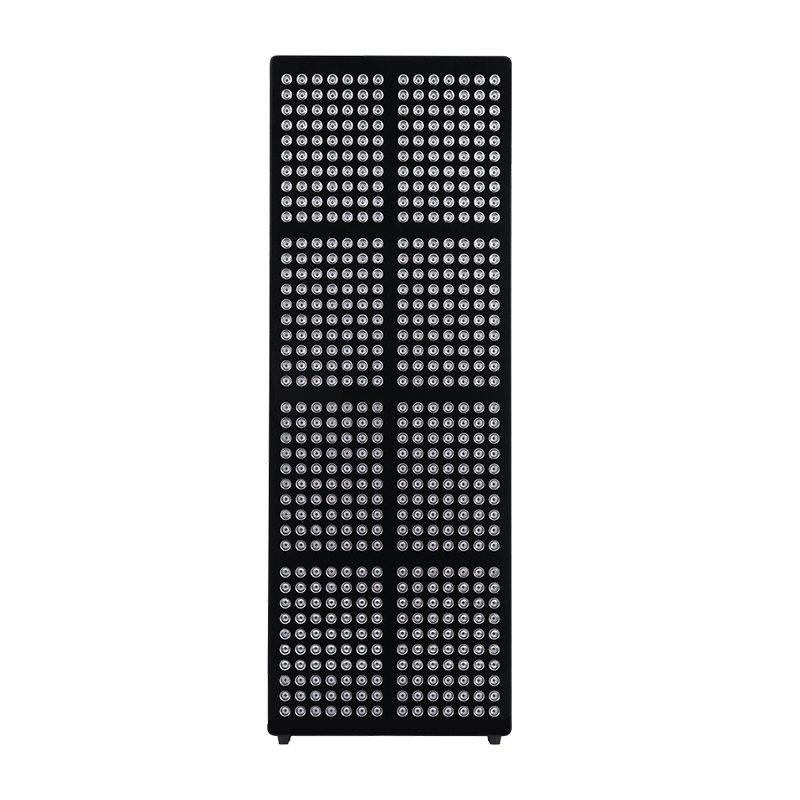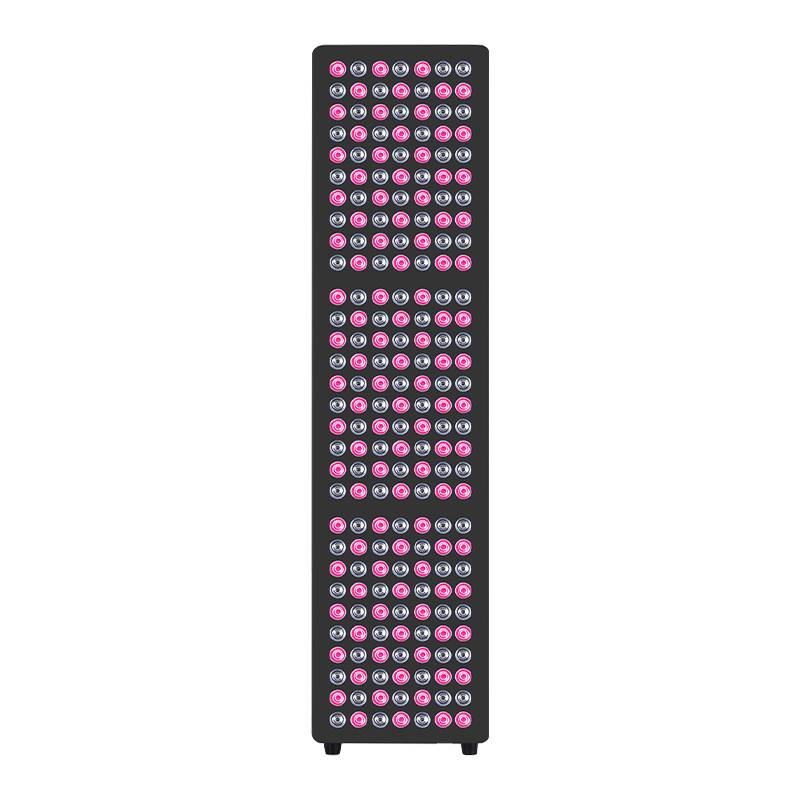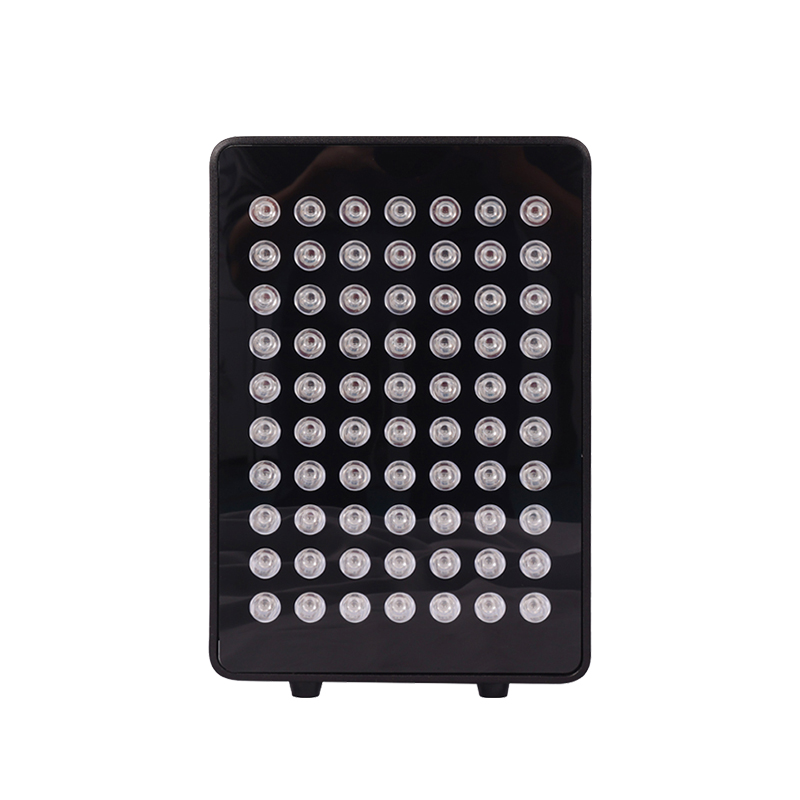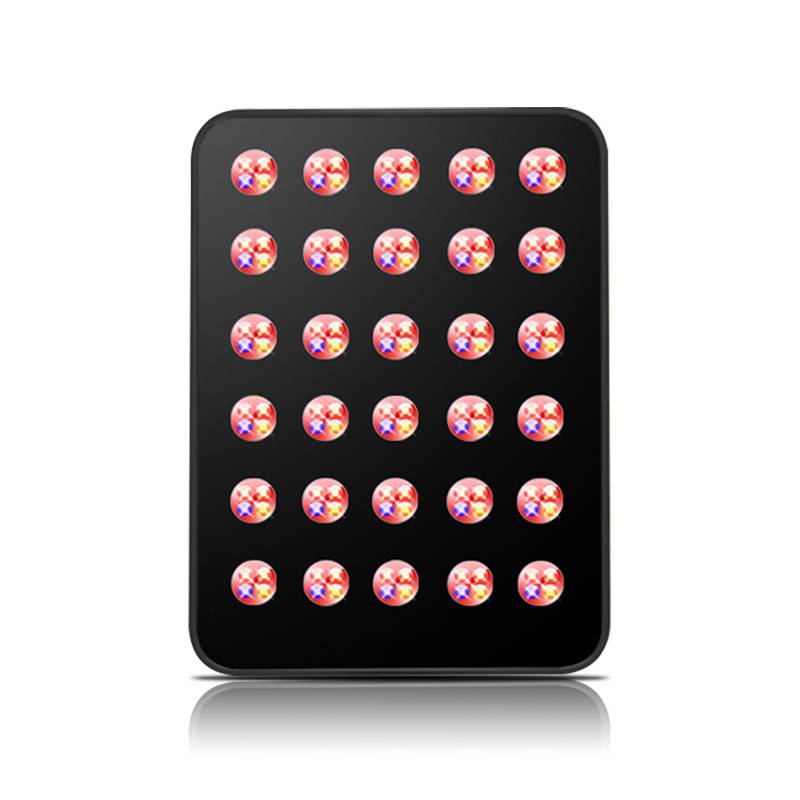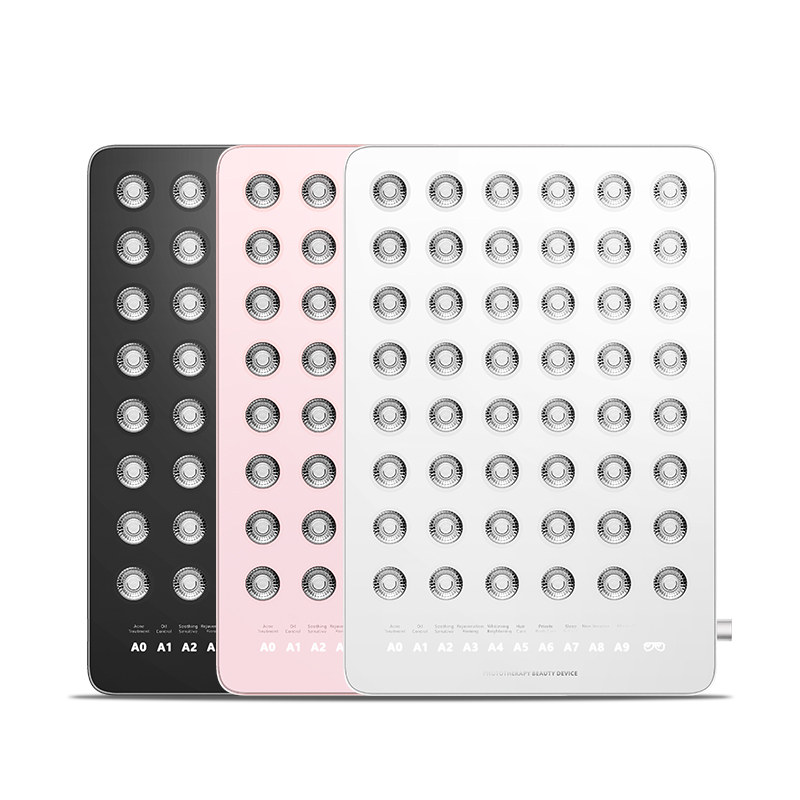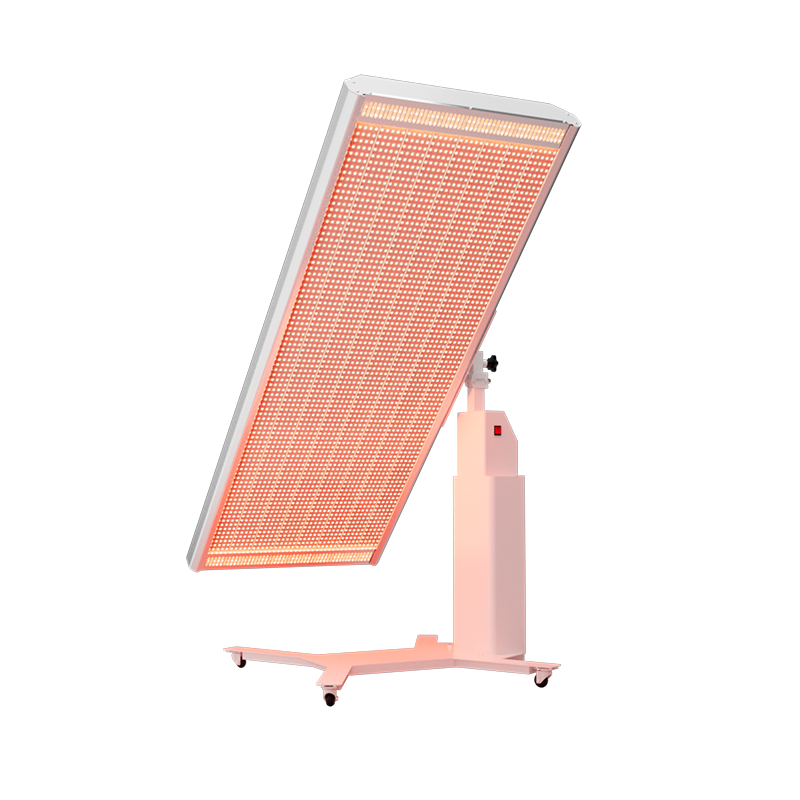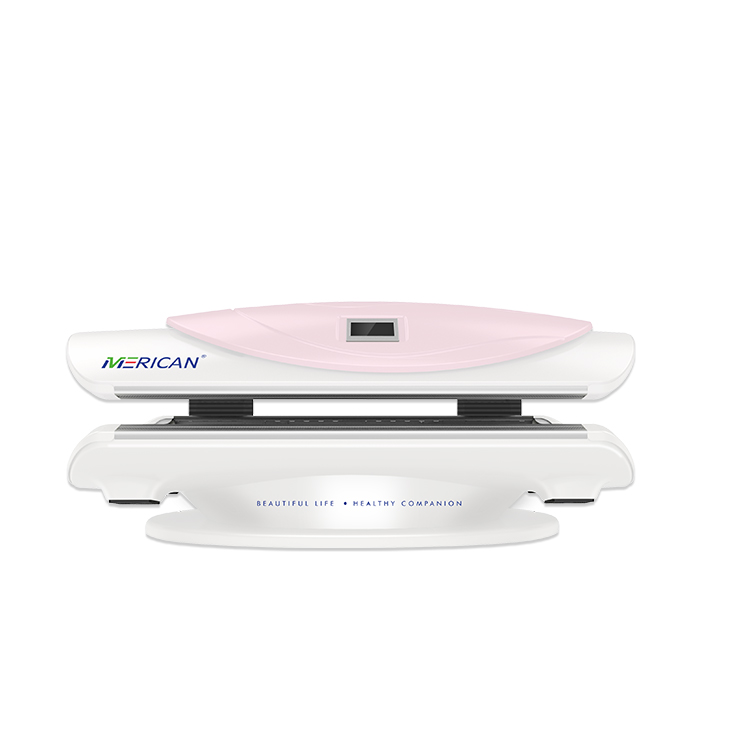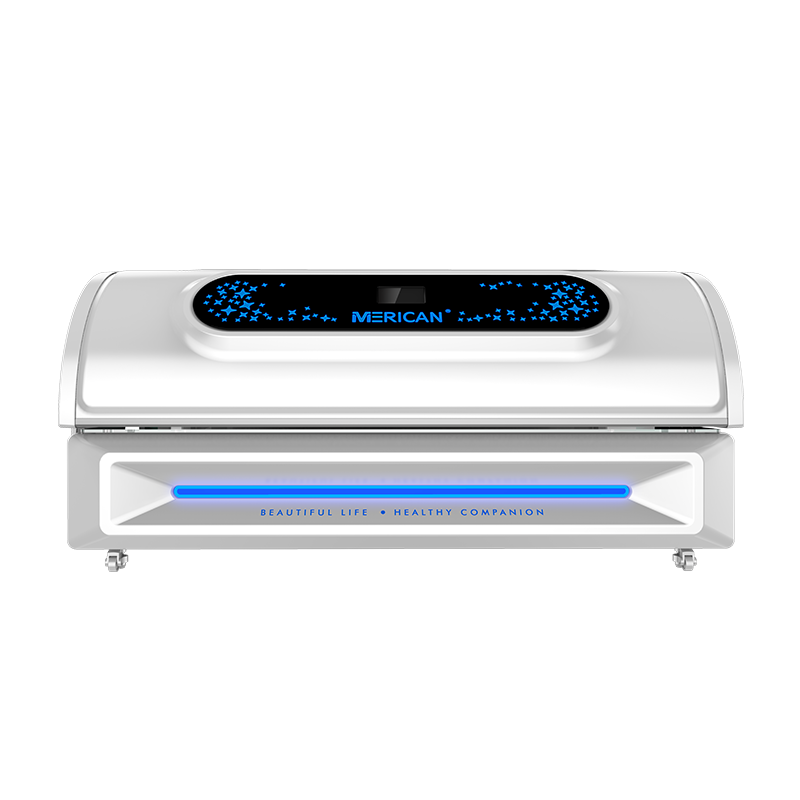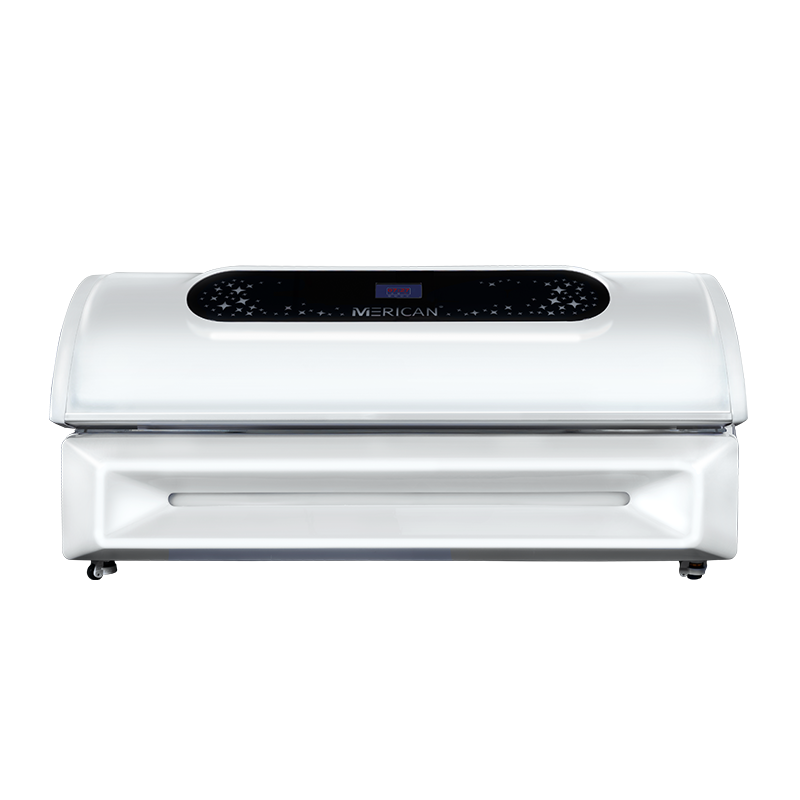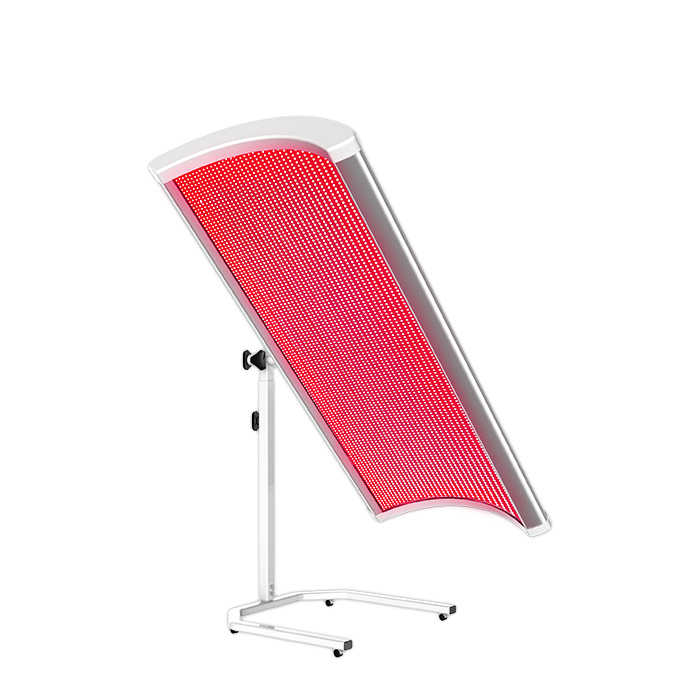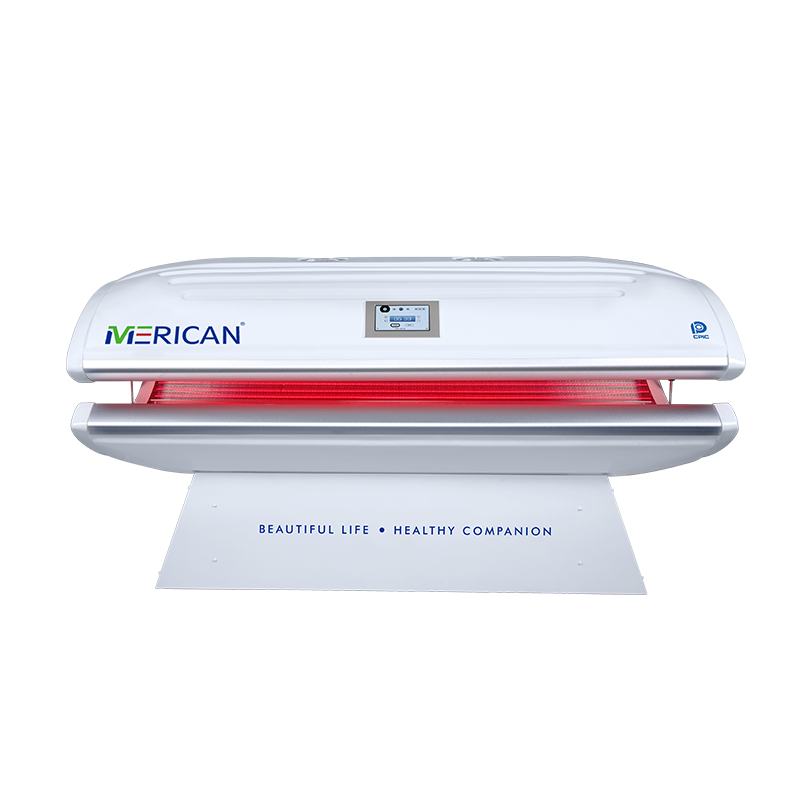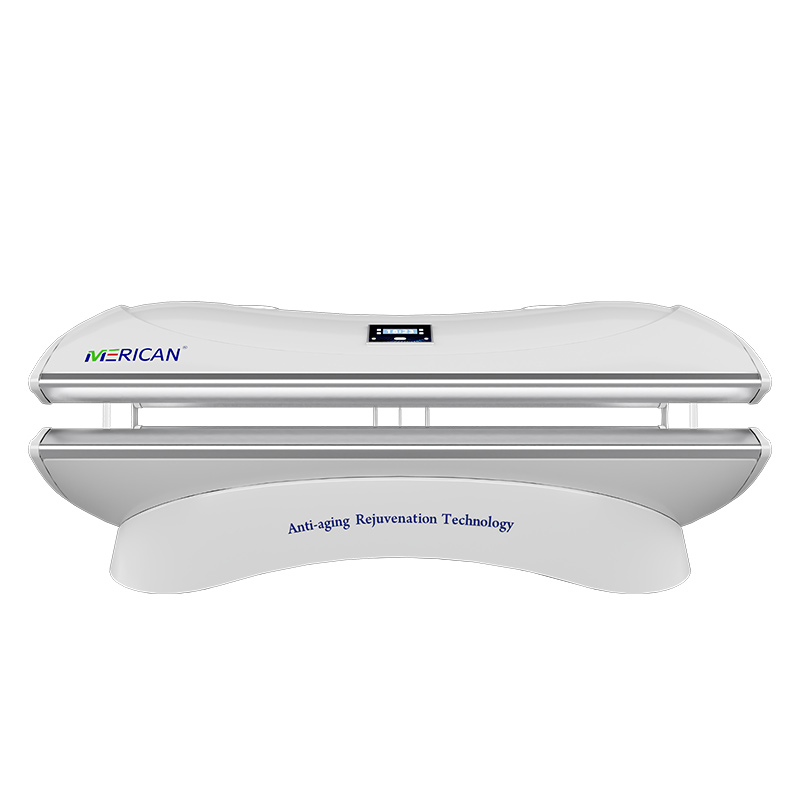てんかん それ以上に影響します 50 世界中の百万人, そして、現代の薬にもかかわらず、まだ約3分の1が制御されない発作を経験しています. 非薬理学の探求, したがって、非侵襲的なオプションが強化されています。
赤色光療法 (RLT) - また、フォトビオモジュレーションと呼ばれる - 低レベルの赤または近赤外光子を組織に誘導する, 細胞エネルギーを高める生化学効果のカスケードをトリガーする, 酸化ストレスを減衰させます, 炎症を調節します.
過去10年間, 神経科学者は挑発的な質問をし始めています: これらの同じメカニズムが発作の少ないまたは穏やかな発作に変換される可能性がありますか? 初期のデータは「多分,」そして、その可能性は徹底的に正当化されます, 約束と落とし穴の両方のバランスの取れた見方.
文脈のてんかん

種類, トリガー & 重荷
- てんかんは1つの病気ではなく、スペクトルです, 焦点を含む, 一般化, 遺伝的, 代謝, および外傷関連症候群. 各サブタイプは、異なる神経回路の誤動作を反映しています, しかし、すべてが異常の特徴を共有しています, 同期電気放電. これらの放電は、凝視の呪文として現れることがあります, ミオクロニックジャーク, または数分続く痙攣, 多くの場合、疲労と混乱が続きます.
- トリガーは大きく異なります
睡眠不足, アルコール, ストレス, ホルモンシフト, 感染, および視覚刺激 (例えば, ストロビーライト) 古典的な沈殿物です. 感光性てんかん - 光やパターンが発作を引き起こすサブタイプ - おおよその計算 3 % ケースの, 主に青少年に.
- 生活の質の影響は深遠です
物理的な危険を超えて, てんかんは運転特権を削減します, 雇用オプション, そして社会的参加, てんかんのうつ病のリスクと突然の予期せぬ死亡を引き起こしている間 (sudep).
標準治療 & 彼らの限界
- 抗発作薬 (ASM) 第一列のままです.
彼らはナトリウムを標的にします, カルシウム, またはGABA作動性チャネル, まだ 30 % 患者の薬物耐性てんかんを発症します (ドレ).
- 手術およびデバイスベースのオプション - 復元手術, 迷走神経刺激, 反応性の神経刺激, そして、深い脳刺激 - 選択された患者のための緩和の緩和ですが、コストを運ぶ, 外科的リスク, および可用性の問題.
- ケトジェニックダイエットやストレス管理などのライフスタイル戦略. この治療的ギャップで, RLTのような補助的なモダリティへの関心が急増しています.
RLTを発作制御に結び付ける生物学的経路

ミトコンドリアの回復力
- ミトコンドリア機能障害は、既知のてんかんドライバーです.
ATP産生の障害は、イオン勾配を不安定化することにより発作の閾値を低下させる. 側頭葉てんかんのマウスモデルの研究は、NIRを示しています (810 nm) セッションはATPを復元し、充電後の期間を減らします.
- RLTは代謝の柔軟性を再形成します.
酸化的リン酸化を強化すると、過剰発現可能性の期間中に神経耐久性が増加します, 発作の期間と重症度を抑制する可能性があります.
神経炎症 & グリア
- 発作は、ミクログリアの活性化と炎症誘発性サイトカインの放出を誘発します (IL-1β, TNF-α). RLTは、IL-10とBDNFを上方制御しながら、これらのサイトカインをダウンレギュレートします, 修復環境の育成.
- 星状細胞の調節
アクアポリン-4およびグルタミン酸輸送体を調節することにより, RLTは、細胞外カリウム緩衝液を回復する可能性があります, 別の抗発作メカニズム.
イオンチャネル変調
- 最近のin vitro作業は、電圧依存性カルシウムとナトリウムチャネルのゲーティング速度を変化させる赤/NIR光を示しています, 脱分極しきい値を上げる. あ 2024 レビューは、イオンチャネルリン酸化カスケードを調節するPBMの能力を強調しました, 興奮性に直接影響します.
これまでの証拠: てんかんの赤色光療法
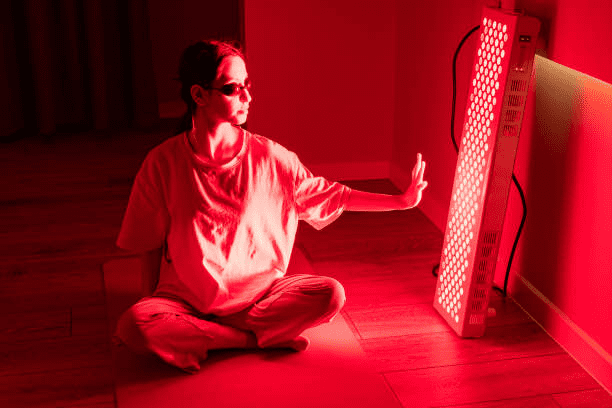
動物データ
- げっ歯類カイナートおよびピロカルピンモデル
繰り返しNIRセッション (830 nm, 30 j/cm²) 自発発作頻度を45〜60に下げました % 保存された海馬ニューロン数.
- 選択遺伝学的相乗効果
光感受性オプシンを発現するトランスジェニックマウスで, PBMと閉ループの光遺伝学的阻害とペアリングが排除されました 80 % 発作の, 組み合わせの可能性を提案します.
初期の臨床報告および症例報告
- オープンラベルパイロット (2023, オーストラリア)
フォーカルDREを持つ8人の大人が経頭蓋NIRを受けました (810 nm, 20 分, 毎週3回). 中央値の毎月の発作は落ちました 12 に 7 以上 12 週, 認知スコアが安定または改善されています. 副作用は、穏やかな頭皮の暖かさに限定されていました.
- プリズムライトポッドレトロスペクティブ監査 (2023, アメリカ合衆国)
の間で 22 自己参照ユーザー, 41 % reported > 50 % 8週間のフルボディセッション後の発作削減. 制御されていて自己報告されていますが, データは、患者が知覚する利益を強調しています.
- 小児の実現可能性調査が進行中です, ヘルメットの設計をより小さな頭の周囲に適応させるために、発作ではなくEEGスペクトルの変化を測定することは、初期エンドポイントとしてカウントされます.
RLTが他の神経調節ツールと比較する方法
| メトリック | RLT | Vagus-nerve Stim. | ディープブレインスティム. | TDCS / TMS |
| 侵略性 | 頭皮/皮膚の非侵襲的LED/レーザー | 埋め込み可能なパルスジェネレーター | リードの開頭術 | 非侵襲的 |
| 機構 | 写真バイオモジュレーション (代謝, アンチインフラム。) | 末梢求心性のエントレインメント | ネットワークレベルの電流抑制 | 偏光 / 磁気 |
| 典型的な発作の減少 | 30–60 % 初期のデータで | 30–50 % (設立) | 40–70 % (ドレで) | 20–40 % (変数) |
| 不利なプロファイル | 穏やかな暖かさ, まれな頭痛 | 音声の変化, 咳 | 外科的リスク | 頭皮チングリング |
注記: RLTの証拠は、FDAクリアされた神経刺激モダリティと比較して、予備のままです; 厳密なランダム化比較試験 (rcts) まだ必要です.
安全性 & リスクの質問に答えました
できる 赤色光療法 発作を引き起こします?
- これまでのところ説得力のある証拠はありません
フラッシュストロボライトとは異なり (5–30 Hz) 感光性発作を引き起こすことが知られています, 治療RLTは連続して放出されます, 非パルス光. 動物研究は発作を示しています 削減 曝露後.
- 予防原則
重度の光感受性を持つ個人は、まだ短くなることから始める必要があります, 臨床医の監督下での低強度セッションと少なくとも4週間、あらゆるオーラまたはイベントを記録する.
LEDライトは発作を引き起こす可能性があります?
はい, しかし、コンテキストが重要です. 家庭または段階のLEDはちらつきます, 特に調光器で, 15〜25 Hzの危険ゾーン内, 潜在的に影響を受けやすい個人の発作を引き起こす. 規制が不十分なドライバー回路は、通常の犯人です.
治療LEDは異なります. 認定されたPBMデバイスには、フリッカー付きの一定電流ドライバーが組み込まれています < 1 %. ユーザーはメーカーの仕様を確認する必要があります, もし可能なら, スマートフォンのスローモーションテストでフリッカーを測定します.
てんかんに最適な電球
暖かい白, フリッカーフリーLED: 「Flicker-free」と明示的に評価された電球を選択する (< 1 % 変調). いくつかのブランドがIEEEを公開しています 1789 コンプライアンスレポート.
ハロゲンまたは白熱した代替品は安定した光を発しますが、エネルギー上の理由で段階的に廃止されています; それらは利用可能な場合は安全なフォールバックのままです.
調整可能な色温度と調光曲線を備えたスマート電球は、ゆっくりと上下するようにプログラムできます, 突然の輝度ジャンプを避けます. 夜間に赤い色の球根が落ち着く視覚環境を作成し、メラトニン抑制を減らす, 睡眠不足に結びついた発作のリスクに有益です。
薬の相互作用 - 赤い光療法ではどの薬を避けるべきか?

抗生物質
テトラサイクリン (ドキシサイクリン, ミノサイクリン) また、フルオロキノロンは光毒性反応を増幅することができます. 患者はRLTを延期するか、抗生物質がクリアされるまで治療中の皮膚領域を覆う必要があります.
レチノイド
経口イソトレチノインは皮膚の脆弱性を増加させます; 高照射光と組み合わせることで、皮膚炎または色素沈着を引き起こす可能性があります.
nsaids & 利尿薬
イブプロフェン, ナプロキセン, チアジドは光過敏症を引き起こすことはめったにありません, しかし、長時間, フルボディセッションは、漸進的な投与スキームを保証します.
向精神薬
フェノチアジンとリチウムには、十分に文書化された光増感リスクがあります; 精神科医による用量のレビューをお勧めします.
ハーブサプリメント
st. ジョンの麦汁は、光毒性ヒペリシン誘導体を誘導します; ユーザーは、RLTコースの2週間前にサプリメントを停止する必要があります.
結論
赤色光療法はてんかんの潜在的な補完的な治療法として注目を集めています, 炎症の減少における有望な初期の結果, ミトコンドリア機能の強化, 脳の健康を改善します. 従来のてんかん薬の代替品ではありませんが, 多くの研究者と患者は、神経学的機能と全体的な幸福をサポートする能力に価値があると考えています. より多くの研究が探求するように 赤色光療法 てんかんの場合, それは効果的なものを提供するかもしれません, 症状の管理を支援する薬物を含まないオプション, 特に、従来の治療計画と組み合わせると.
そうは言った, 安全性は依然として優先事項です. てんかんのある人は、どんな光ベースの治療法にも注意し、使用する前に医療専門家に相談する必要があります. 「赤色光療法が発作を引き起こす可能性があるなどの重要な質問?」, 「赤い光療法では、どの薬を避けるべきか?」と「LEDライトが発作を引き起こす可能性があります?」適切な使用を確保するために対処する必要があります.
てんかんに最適な電球を選択し、臨床的にテストされたデバイスを使用すると、リスクを最小限に抑えることができます. 責任あるアプリケーションを使用, 赤色光療法は、てんかんケアの将来において貴重なツールになる可能性があります

